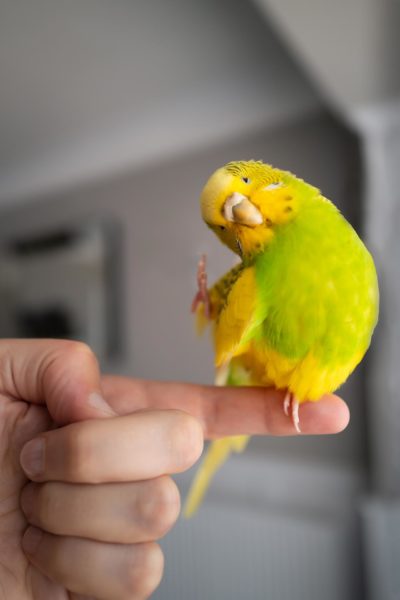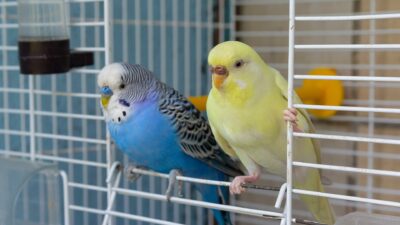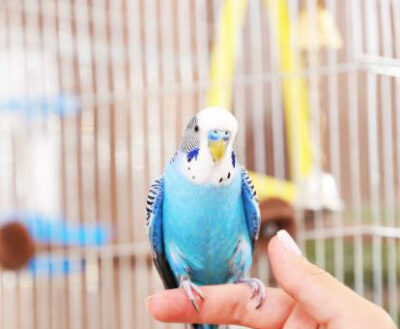- by FPABS-Admin
- 0
- Posted on
Pet Parrot Care Sheet
Pet Parrot Care Sheet with their exquisite coloring, high level of intelligence, and sociable disposition, parrots are among the most popular choices for companion birds. If you have a pet parrot or are considering adding one to your household, learning how to properly care for your bird is essential for ensuring its long-term health and happiness. We’ve compiled the following guide based on information from Parrot Fun Zone to help you learn all about parrots and how to care for them.
What are Parrots?
Pet Parrot Care Sheet parrots are a diverse group of birds that include many different species and can vary drastically in size and color. For instance, the smallest type of parrot is the 3-4-inch-tall Buff-Faced Pygmy Parrot of New Guinea, while the largest, the Hyacinth Macaw of South America, can grow up to 40 inches tall.
Caring for a Pet Parrot
Pet Parrot Care Sheet as with any other type of bird, caring for a pet parrot is a major commitment that requires understanding of your pet’s unique needs, behaviors, and instincts. From scheduling sufficient play time for your parrot to ensuring that they receive care from a trained avian veterinarian as needed, there is far more involved in caring for a pet parrot than simply housing and feeding them. Although it’s a big responsibility, your reward will be a long, fulfilling relationship with a happy, healthy, and beautiful bird.
The Pet Parrot Diet
In the wild, parrots have a varied diet that may include fruit, vegetables. Nuts, seeds, grains, sprouts, insects, flowers, and pollen. While commercial diets including bird seed mixes pelleted. Foods and ready to cook meal to replicate this variety, a single product cannot fulfill 100% of a parrot’s nutritional needs. Therefore, it’s important to offer your bird a vast assortment of nutritious food choices. For instance, a healthy diet for a pet parrot may include:
Pet Parrot Hygien e
e
Pet Parrot Care Sheet another important step in keeping your parrot happy and healthy is maintaining. The cleanliness of their environment, as well as staying on top of their “personal” bird hygiene. In the wild, parrots always have access to fresh food and clean drinking water and typically don’t live in close to their droppings. As pets, on the other hand, they rely on their owners to help them stay clean. Here are some important steps to follow:
